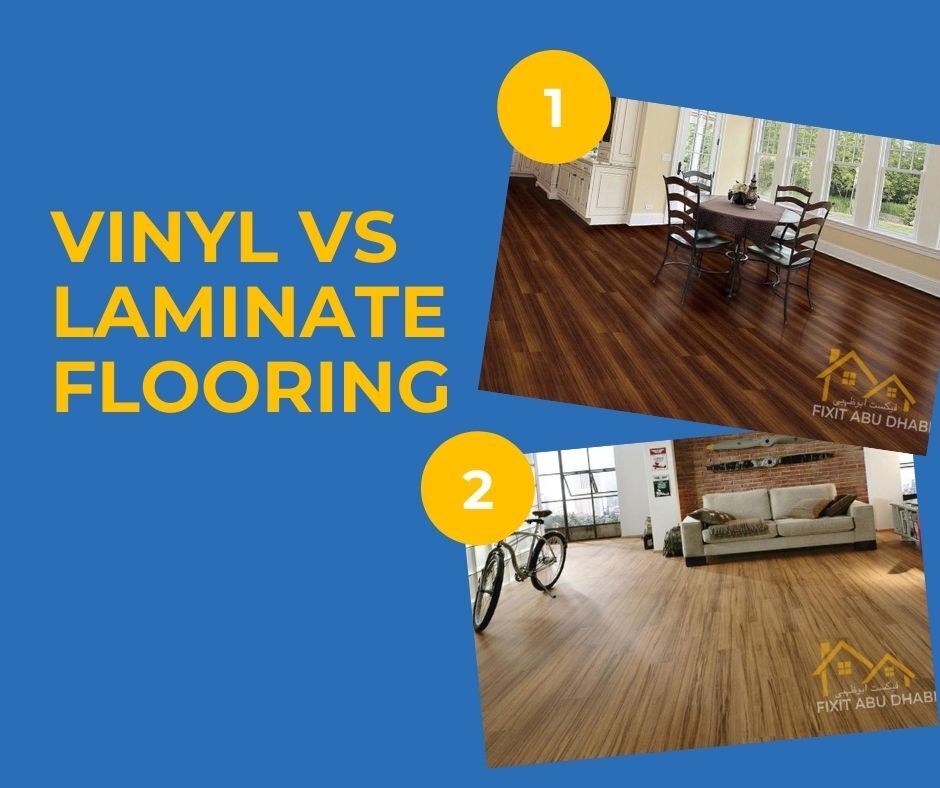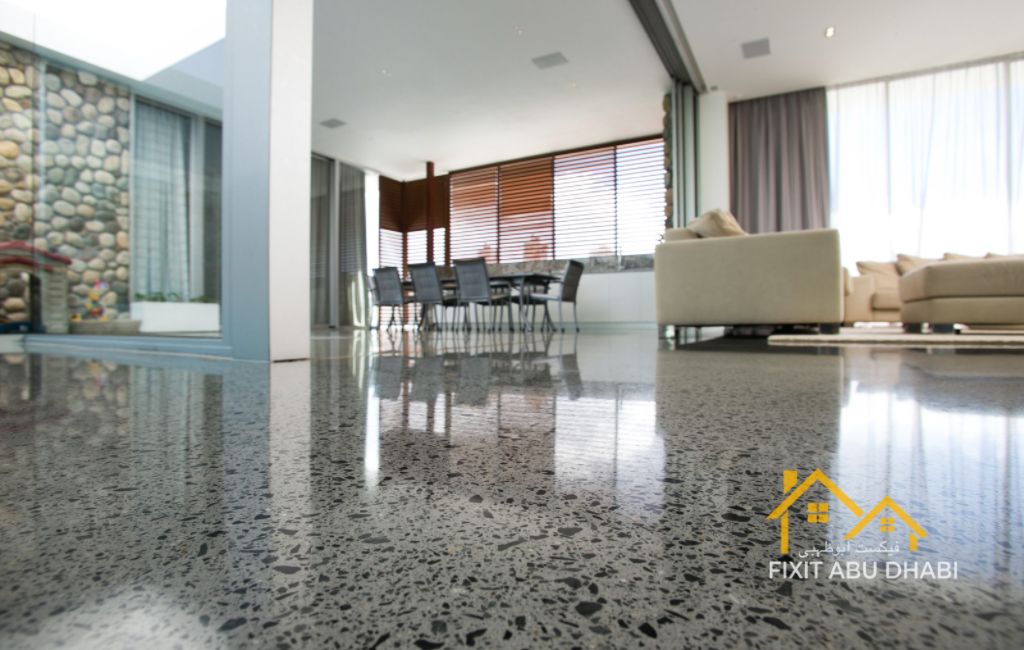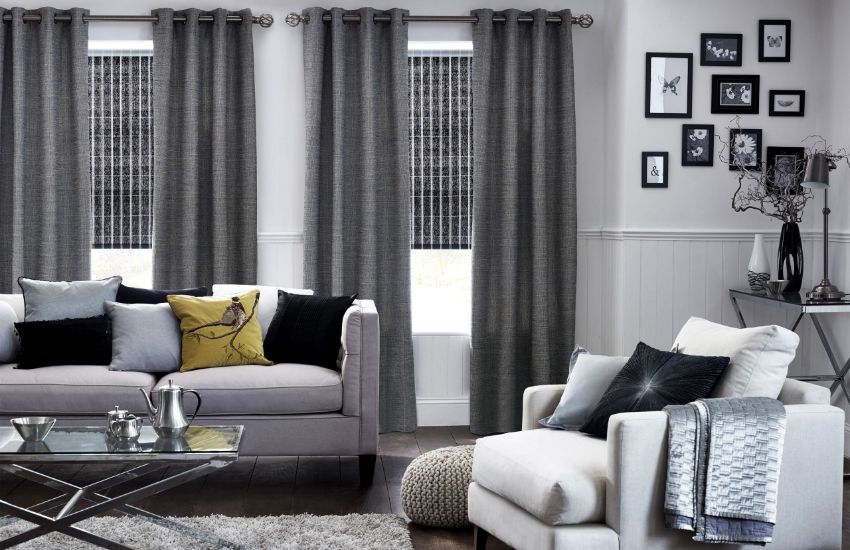Laminate flooring is one of the most popular choices among commercial and residential property owners due to its wide design varieties, structural stability, and resemblance to hardwood floors. Adding underlayment in the base is necessary during installation for the floor’s dimensional stability, smooth feel, damage protection, and best performance.
Whether it’s a residential or commercial project, you have to be mindful of padding material because it’ll impact the overall performance and help achieve a smooth finish. This guide by Fixit Abu Dhabi provides comprehensive details for selecting the best floor padding considering all the factors and types.
What is Underlayment?
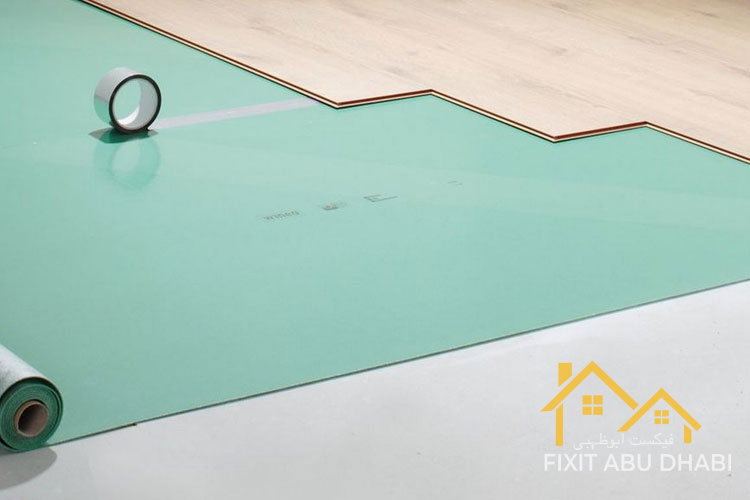
Underlayment is a protective layer of cushioning made from thin and flexible sheets. This padding must be installed over the top of the subfloor, serving as the base for laminate floors. It helps cover up the subfloor imperfections, offers better acoustics, and prepares a supportive and smooth layer.
The best padding for laminate flooring mainly depends on two factors. Where it will be installed, and the current conditions in your place. A perfect padding will add extra cushioning, serve as the thermal barrier, reduce sound transmission, offer mold and mildew protection, and improve the floor’s R-value (resistance against heat transmission).
Factors To Consider For Laminate Underlayment
Padding material makes floor installation easier and removes even small inconsistencies on the subfloor. Some floor paddings come with self-adhesive tape while others require separate tape to join in a row thus improving your floor permeability. Now that you have purchased laminate planks from a trusted bamboo Flooring Supplier, Know about the factors to keep in mind when shopping for the best underlayment.
1. Subfloor Type

When it comes to buying the best padding, the first thing to consider is the subfloor. You don’t need padding material for a solid basis and planks with pre-attached paddings. For concrete floors, moisture will be the main concern because it has a porous material that allows water to seep.
So, padding made from polypropylene or polyethylene is the best solution to act as a vapor barrier. For plywood subfloors, breathable foam padding will be the best choice that won’t promote the growth of mold and mildew. Moisture barrier padding is specifically recommended for bathroom, kitchen, and basement areas.
2. Thermal Ratings
The R-value is used to determine the subfloor’s thermal conductivity, measuring its ability for room insulation. The higher the R-value, the better will be the insulation properties. The lower the number, the better the thermal conductivity or the amount of heat that can travel through it.
If you live in an area where a floor heating system is required, you should pay special attention to the R-value of the subfloor. A high R-value padding will make your room warm during the cold months. Most underlayments come with an R-value of 2 to 3.
3. Sound Absorption
To prevent the annoying creaking sound, an acoustic padding is necessary that serves as the noise-reducing buffer. Laminate flooring produces a hollow sound. To reduce the noise impact in heavy foot traffic areas, consider installing a felt, fiberboard, or cork padding material.
For laminated gaskets, the Sound Transmission Class (STC) and Impact Insulation Class (IIC) values are used to assess how many decibels and sound types the subfloor can assist in decreasing. A standard floor has a sound transmission rate of about 40.
4. Inspect About Cost
The sheets and liners are available in square feet, with costs varying according to the length and width. It is always cheaper to buy in rolls, but you may also buy in square feet depending on the size of your project. The number of features and the brand are two major factors that influence pricing.
In addition to that, the type of material they are manufactured from will greatly influence their prices. Always compare your budget to the cost of the subfloor; considering your space dimensions and quality requirements.
5. Select Right Thickness
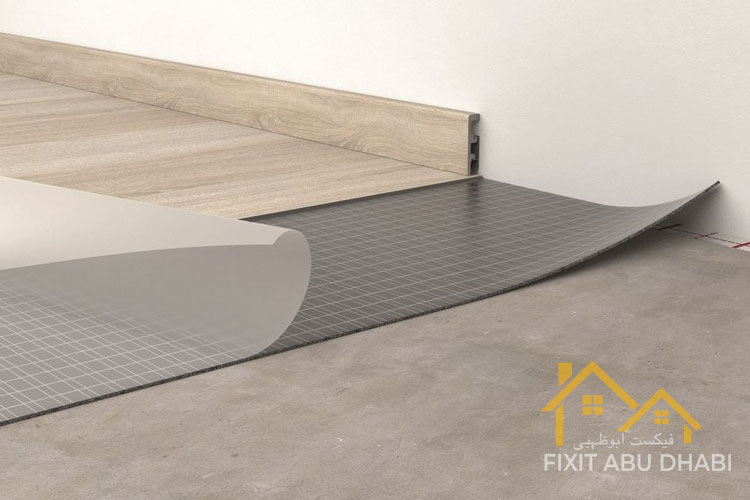
Determining the thickness of the underlayment before purchase is another essential aspect. The padding rolls come with different thicknesses ranging from 2mm to 6mm. But it’s not a good idea to have thick padding because it will lead to an unstable plank installation, causing the seams to appear between boards and separate planks.
For ample cushioning, you must have a padding of 2-3mm made from either cork or felt. Cork padding is more firm and sustainable, providing adequate support while maintaining stability and cushioning.
6. Functional Properties
Certain underlayments, such as cork, provide additional benefits such as inherent antimicrobial capabilities. Depending on the type of flooring you want and the environment in which you intend to put it. Also, the padding must be damage-proof against certain elements like moisture, stains, and wear and tear. All of these characteristics play a significant part in making your laminate floor eco-friendly and sustainable.
Types of Underlayment for Laminate Flooring
Here are the top material picks for paddings;
Standard Foam
Polyethylene foam is one of the most cost-effective cushioning materials for laminate flooring that comes in rolls and is simple to install. An extra layer of plastic can be added to the foam pad to function as a vapor barrier referring to the combination padding. This foam padding will have an adhesive strip on the seam so you won’t have to tape it.
In any damp location, you’ll need foam with a moisture barrier. Thinner foams are frequently mixed with other materials, such as cork. They are less expensive but not as efficient at suppressing noise as thicker foams. Foam bases range in thickness from 0.80 mm to 3.5 mm on average. It offers a large selection, yet it caters to all budgets and demands.
Felt
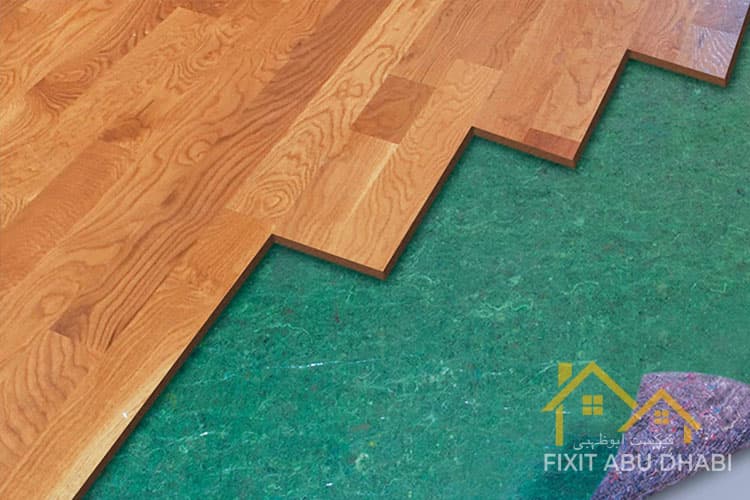
Felt underlayment is an intriguing alternative for installing laminate planks. It can be fairly thick and is superior at providing insulation and sound absorption, adding a bit more cushion underfoot than other kinds.
This padding is frequently made from recycled materials, making it a more environmentally friendly option. It is heavy-duty but a bit more expensive than mid-grade foam padding. Also, it is a little difficult to deal with if it is your installation project.
Cork

More solid than foam or felt, cork is the best padding choice to lay beneath your floors to minimize noise from your flooring. It’s most often seen pre-attached to other flooring options but has recently made its way into the laminate industry.
Although it is not resistant to moisture, cork possesses antibacterial qualities, making it suitable for allergy sufferers. When dealing with cork padding, vapor barriers should also be used in bathrooms, kitchens, and basements.
Rubber

Rubber is the greatest underlayment for noise reduction, and solid rubber underlay can even outperform cork or fiber-based materials. It is made from high-density rubber also perfect for gym flooring and comes with an aluminum vapor shield, hence, best for both domestic and commercial spaces.
However, this padding will be fairly costly but it will add to the longevity of your flooring. Rubber also doesn’t breathe, which is something to bear in mind if your subfloor is plywood. But it will be the best choice if you are looking for mold and mildew-free options.
To Conclude!
Padding is important for additional cushioning, insulation, and support. You must know about their types and consideration factors before purchasing. Rubber, cork, felt, and foam are the most common material options, varying in functionalities and features. Hopefully, you have got a better idea about the right selection by reviewing the factors and types. Read the article carefully and try to find the best underlayment for a laminate floor installation project.


